The best cheap cameras: I've tested the finest budget cameras you can buy today
The best cheap cameras available for every kind of photographer

Buying a cheap camera doesn’t mean settling for something second-rate. My team and I have been testing cameras for decades. In that time, we’ve shot with plenty of affordable models that deliver impressive results. Whether you’re picking up your first camera in 2025 or looking for a budget-friendly backup, there are excellent options that won’t break the bank.
Through in-depth testing, I’ve found several entry-level cameras that punch above their weight. One standout is the Canon EOS R100. Its specs might not rival the latest flagships, but I was impressed by its compact form and solid image quality in my review. It’s one of the best cameras for beginners.
Every camera in this guide represents genuine value for money. I’ve chosen the best cheap cameras for a range of buyers and use-cases, from rugged travel companions to easy vlogging tools. Each one has earned its place after extensive real-world testing at the hands of my expert team. And if you’re wondering whether to buy now or wait, I’ve also included a look ahead at affordable cameras on the horizon.

I'm TechRadar's Cameras Editor and I have more than 15 years of experience as a photographer and journalist. Cameras sure can be pretty expensive, but it's still possible to bag an affordable model without too many compromises. And I should know – I've shot with just about every new camera from the leading brands over the last 15 years, including entry-level models. I have a unique understanding of what makes a good cheap camera. Of course, affordability depends on your budget. But all of the cameras in this list have been selected because they offer fantastic value for money. Some are objectively cheap, while others represent the best bang for buck in their category.
Why you can trust my judgement
Every cheap camera included in this guide has been comprehensively tested by one of our expert reviewers. Our team has decades of combined experience when it comes to shooting with and writing about the latest photography kit.
Whether mirrorless, DSLR, compact or instant camera, we test cheap cameras in the same way as models with higher price tags: thoroughly. While the value may play a more important role in our overall rankings, the cameras themselves still need to perform in the real world. Putting them through our usual test procedures lets us see which ones outperform their price tags, and which haven't dated so well.
☑️ 100s of cameras reviewed
☑️ 15 years of product testing
☑️ Over 16,000 products reviewed in total
☑️ Nearly 200,000 hours testing tech
To start with, we look at the camera's design, handling, and controls to get a feel for which kind of photographer it's most suitable for. We then take it out on a shoot, where we'll test its startup speed and use it both handheld and on a tripod.
To assess the camera's performance, we use a formatted SD card and shoot in both raw and JPEG (if available). For burst shooting tests, we dial in our regular test settings (1/250 sec, ISO 200, continuous AF) and shoot a series of frames in front of a stopwatch to see if it matches its official speeds. We'll also look at how quickly the buffers clears and repeat the test for both raw and JPEG files.
In various lighting conditions, we also test the camera's different autofocus modes (including Face and Eye AF) in single point, area, and continuous modes. We'll also shoot a mix of photos (portrait, low light, landscape, macro/close-up) in RAW and JPEG to get a feel for the camera's metering accuracy and its sensor's ability to handle noise and resolve fine detail.
⭣ Read more
Assuming the camera's RAW files are supported by Adobe Camera Raw, we'll also process some test images to see how far we can push areas like shadow recovery. We'll also test its ISO performance across the whole range to get a sense of the levels we'd be happy to push the camera to.
Battery life is tested over the course of a day with the screen set to the default brightness level. Once the battery has hit zero, we'll then count the number of shots to see how it compares to the camera's official CIPA rating. Finally, we test the camera's video skills by shooting some test footage at different frame rates and resolutions, along with its companion app.
We then take everything we've learned about the camera and factor in its price to get a sense of the value for money it offers, before reaching our final verdict.
We know that everyone’s needs are different, especially at lower price points. Each camera in this list has earned its place by excelling in a particular area. Whether you want the best image quality on a budget or a hassle-free, affordable camera for capturing everyday memories, our reviews distill hands-on feedback from our team to help you make a more informed choice.
Meet the team
Our expert team of reviewers has much experience testing and understanding the best cheap cameras. Many of our experts have been enjoying the latest cheap cameras for longer than TechRadar has existed, and our expertise is instilled into the information you find in this guide.

Rod is an independent photographer and photography journalist with more than 30 years' experience. He's previously worked as Head of Testing for Future’s photography magazines, including Digital Camera, N-Photo, PhotoPlus, Professional Photography, Photography Week and Practical Photoshop, and as Reviews Editor on Digital Camera World.
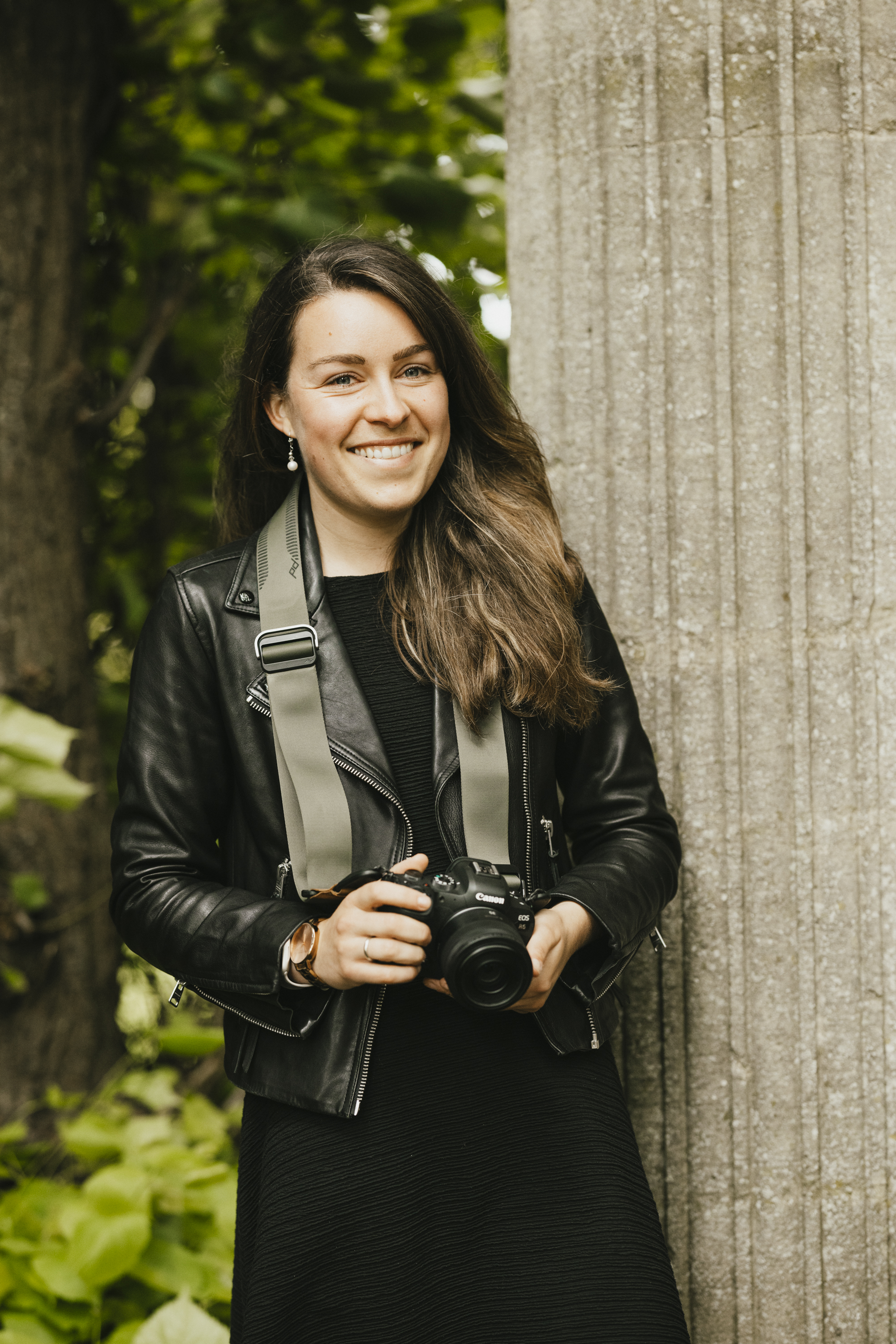
Lauren Scott is an experienced journalist and freelance photographer based in Bath, UK. She's been in the industry for over ten years; as the former Managing Editor of our sister site Digital Camera World.

Mark is TechRadar's Senior news editor and has been a technology journalist since 2004. Formerly Trusted Reviews and TechRadar's cameras editor, Mark has tested cameras over many years from all of the leading brands.
The best cheap cameras in 2025
Why you can trust TechRadar
Below you'll find summary reviews for each of the best cheap cameras in our list. We've tested all of them extensively, so you know that you can trust our expert recommendations.
The best cheap mirrorless camera
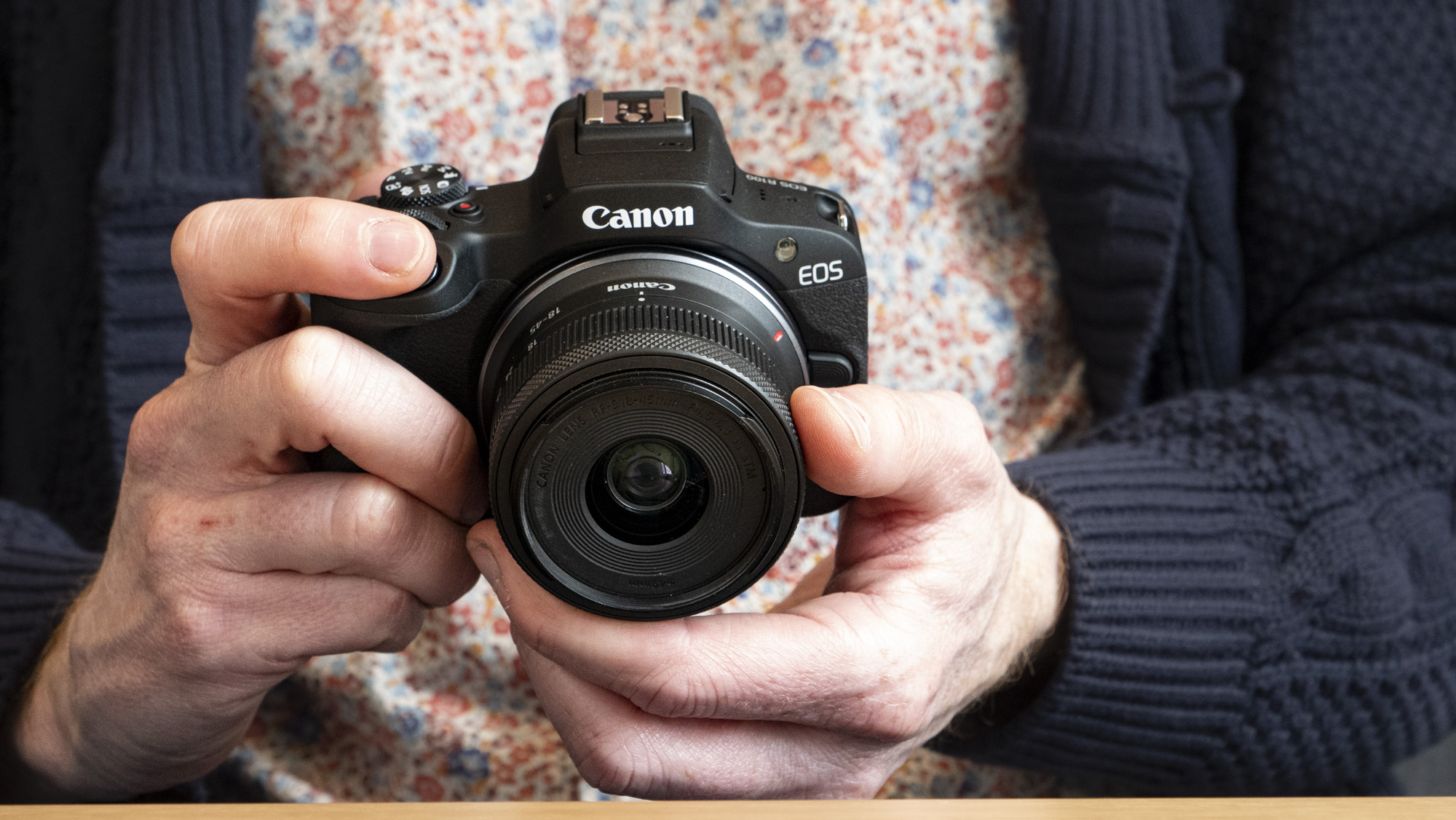




Specifications
Reasons to buy
Reasons to avoid
Canon EOS R100 sample images





✅ You want a cheap, sensible camera: Its specs won’t set your world on fire, but if you want a decent first camera for sensible money, the EOS R100 gets the basics right.
✅ You want your first real camera: With a comfortable grip, interchangeable lenses and good image quality, the EOS R100 is great entry point to camera ownership.
❌ You want the latest features: The EOS R100’s entry-level price is reflected in the spec sheet, which means you won’t find niceties like a tilt-angle touchscreen.
❌ You want to shoot a lot of video: Given the price point, it’s unsurprising that the R100 has rudimentary video skills, shooting 4K at 30fps with 8-bit color depth.
The Canon EOS R100 is the cheapest mirrorless camera you can buy new in 2025. Pitched as a budget beginner camera, I found in my review that you don’t get any bells and whistles: the build is basic, the video specs are dated and the fixed rear display isn’t even touch-sensitive. But I also found that the EOS R100 is a sensible, affordable choice for first-time buyers who want to upgrade from a smartphone to a proper camera with interchangeable lenses.
With a reliable dual-pixel autofocus system and the same 24MP APS-C sensor as the pricier EOS R50 and EOS R10, it’s capable of capturing quality stills. It also offers a compact build and comfortable grip, which make it a great fit for smaller hands. Yes, recording capabilities are rudimentary, with 4K shot in 8-bit and capped at 30fps. And you’ll get better build quality by buying a second-hand mirrorless camera. But if you’re a beginner with a tight budget and you want a brand-new camera, the EOS R100 is your best bet.
Read our in-depth Canon EOS R100 review
Canon EOS R100 alternatives...
- Nikon D3500 – if you want a cheap interchangeable lens camera to start your photography journey, try looking out for a good condition D3500 secondhand. It's my top pick of cheap DSLRs and also shoots 24MP stills.
- Sony A6100 – another APS-C mirrorless camera, the A6100 was launched all the way back in 2019 but is still available new today, which shows just how popular a budget camera it has been down the years.
The best cheap point-and-shoot travel zoom



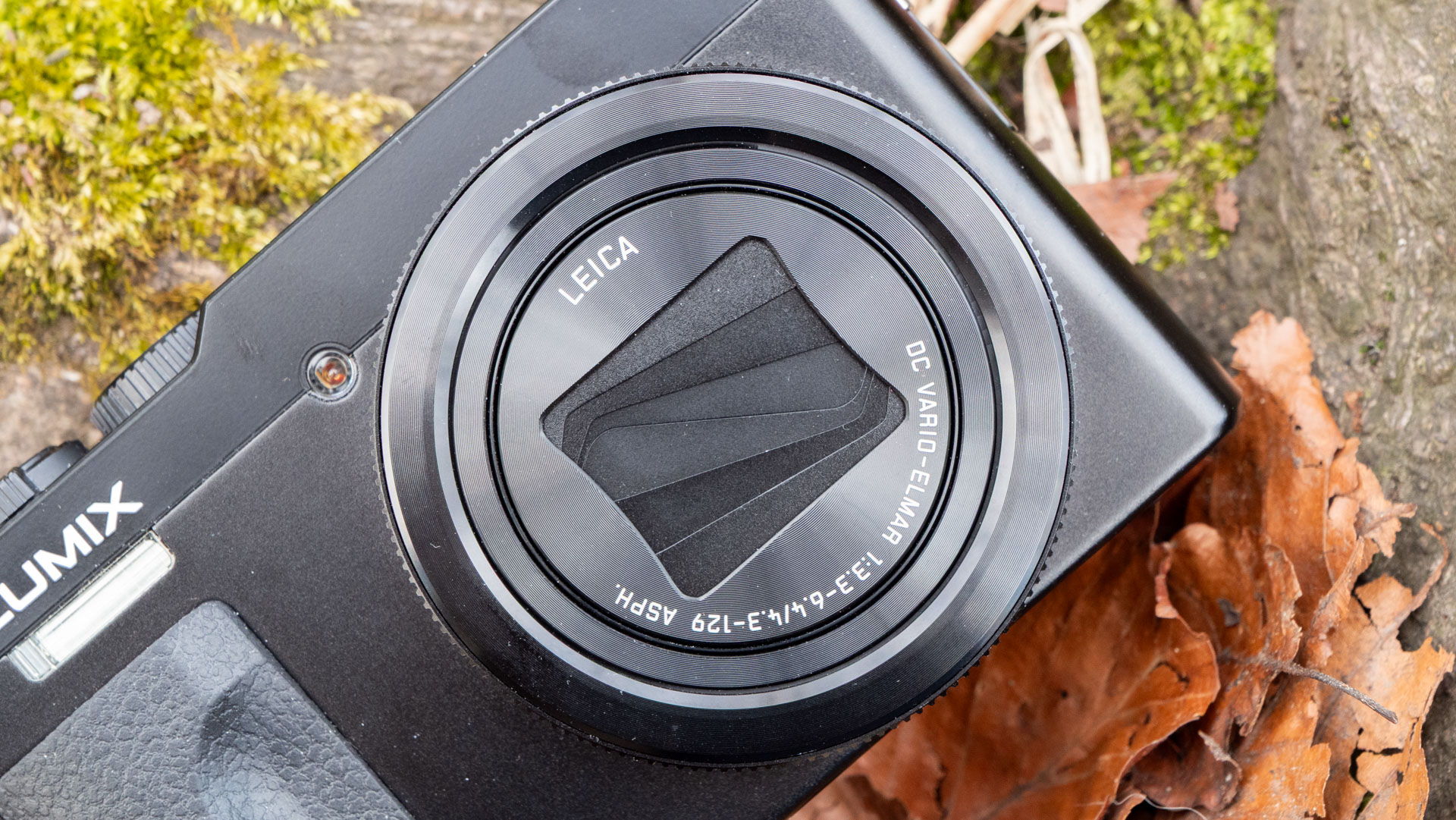

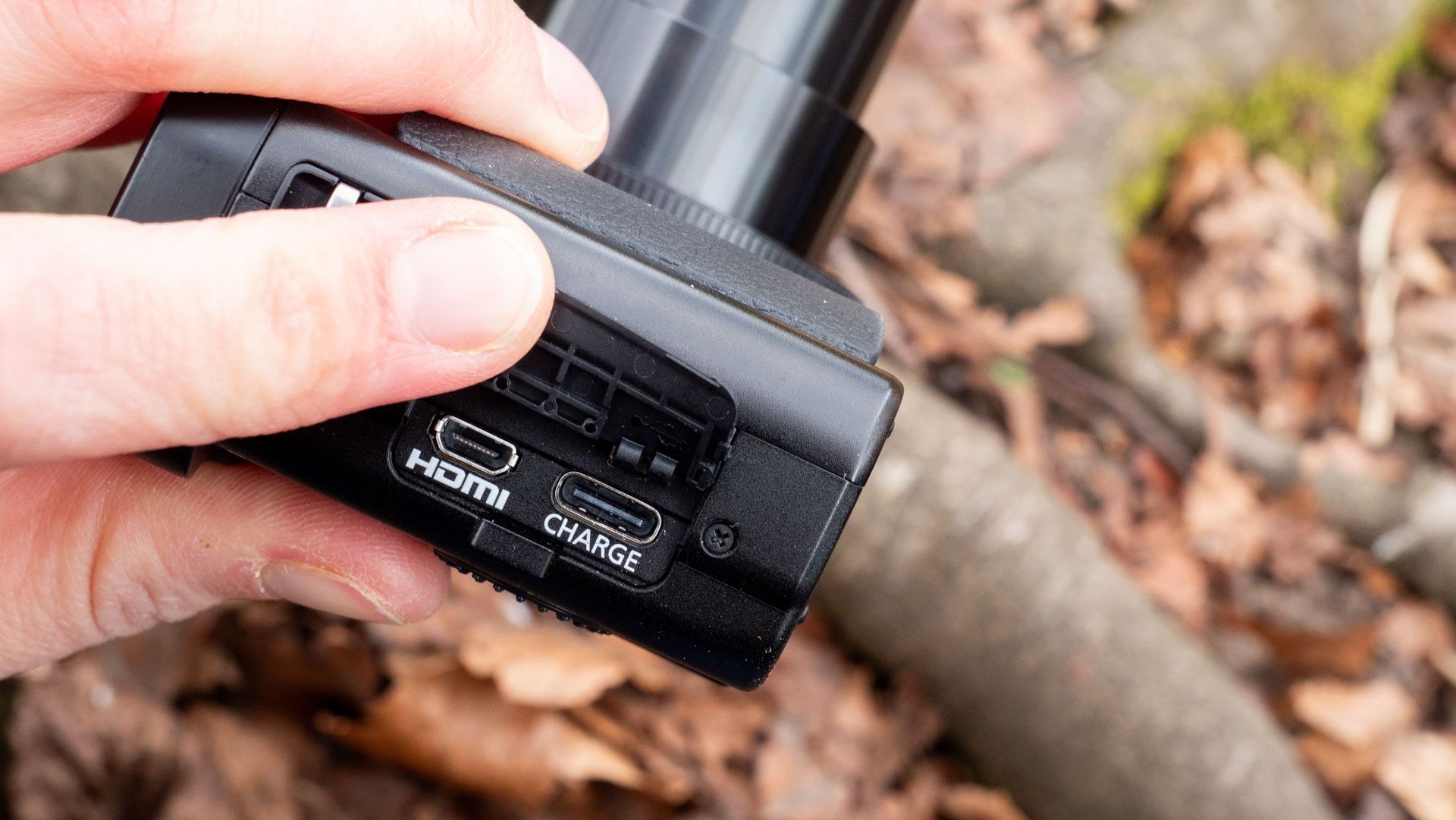
2. Panasonic Lumix ZS99 / TZ99
Our expert review:
Specifications
Reasons to buy
Reasons to avoid
Panasonic Lumix ZS99 / TZ99 sample images





✅ You want a smartphone-beating zoom: Without a doubt, the 30x optical zoom range is the Lumiz ZS99 / TZ99's stand out feature, with a versatile range that covers 24-720mm.
✅ You shoot everything from selfies to distant objects: A 3-inch flip-up touchscreen is ideal for selfies, while five-axis image stabilization smooths out those telephoto shots.
❌ You want the latest features: Yes the Lumix ZS99 / TZ99 was launched in 2025, but it inherits old tech from a six year old processor.
❌ You'll want the best possible image quality: With wide zoom offset by a tiny image sensor, it's a case of versatility over outright quality.
It's surprising how few point-and-shoot cameras exist today for budgets up to $500 / £500, but that's exactly what the Lumix ZS99 / TZ99 is. The travel zoom updated the ZS80 / TZ95 from 2019, adding USB-C charging which is a supremely helpful feature today, especially for a pocket travel zoom like this.
And in its favor over smartphones? The Lumix ZS99 / TZ99 features a 30x optical zoom with a 24-720mm focal range, and which is supported by a five-axis image stabilization to steady those telephotos shots. Photos can be shot in RAW and JPEG, plus there's 4K video too. We also like the 3-inch touchscreen which can flip-up 180 degrees for selfies.
It's not all good news, though. There is very little new tech in the Lumix ZS99 / TZ99, and furthermore Panasonic has removed the viewfinder in the newer version, which was a handy feature for shooting in bright light even if the display was pretty small. Still, the ZS99 / TZ99 is a rarity today and respect to Panasonic for keeping the series alive, and keeping this option on the shelves for budget conscious shoppers.
- Read our in-depth Panasonic Lumix ZS99 / TZ99 review
The best cheap travel camera
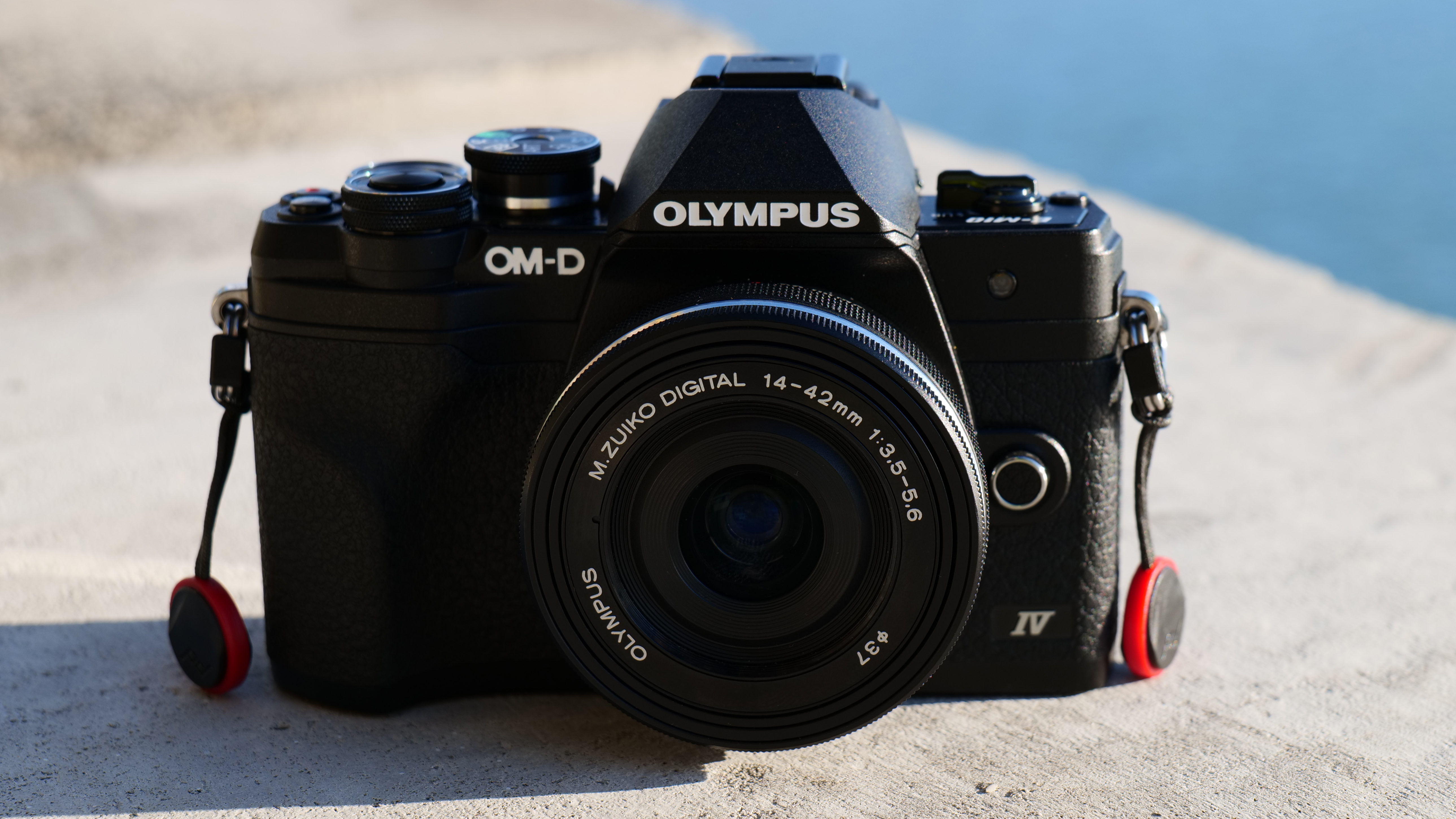




Specifications
Reasons to buy
Reasons to avoid
Olympus OM-D E-M10 Mark IV sample images




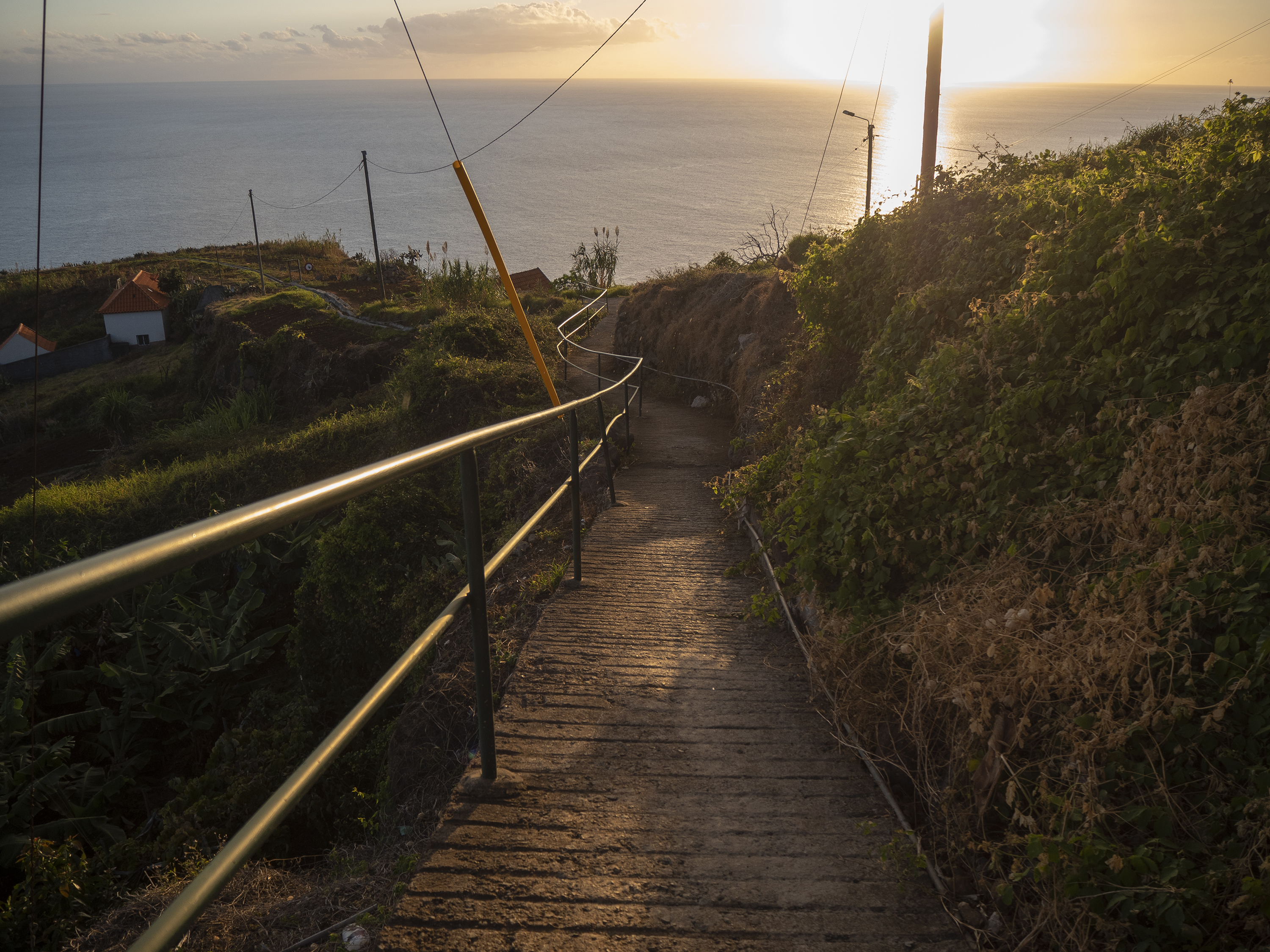
✅ You want a small, powerful stills camera: Compact proportions belie the class-leading stills capabilities of the E-M10 Mark IV.
✅ You often shoot handheld: In-body image stabilization gives the Mark IV an edge over rivals, keeping handheld shots sharp.
❌ You record a lot of video: The E-M10 Mark IV can shoot decent footage, but no mic input and a 4K/30p cap limit its blogging potential.
❌ You own the E-M10 Mark III: Upgrades include a new sensor and flip-down screen, but these don’t justify swapping from the Mark III.
If you’re an eager photographer in the market for a compact mirrorless camera, the Olympus OM-D E-M10 Mark IV should be top of your list. An affordable Micro Four Thirds model, it pairs a capable 20.3MP sensor with impressive in-body image stabilization to deliver consistently attractive images. An ergonomic grip, approachable button layout, and handy flip-down touchscreen make the Mark IV an accessible upgrade for smartphone users. A wide catalog of lenses also give it extra versatility beyond the kit lens.
With footage capped at 4K/30p and no microphone or headphone input, video isn’t a major focus. Instead, this is a small, powerful camera for stills: we discovered in our review that dynamic range is better than anything a smartphone can capture, while the IBIS system keeps images sharp even when shooting handheld. We did find that AF tracking across the Mark IV’s 121 points can be a little patchy, but improved face detection and subject tracking from the Mark III mean it’s largely reliable. Our tip is to stick to centre point focus and you’ll find it fast, even in low light.
Read our in-depth Olympus OM-D E-M10 Mark IV review
Olympus OM-D E-M10 Mark IV alternatives
- Nikon Z30: Nikon's cheapest mirrorless camera is a video / photo hybrid, able to shoot 24MP stills and with plenty of vlogging-friendly features. It costs less than the Z50 II on account of not having a viewfinder
- Fujifilm X-M5: another video-first hybrid, the X-M5 is positively tiny and shoots stunning 26MP photos and 6K video.
The best cheap instant camera





Specifications
Reasons to buy
Reasons to avoid
Fujifilm Instax Mini 12 sample images





✅ You want point-and-shoot simplicity: Auto exposure control and affordable film refills make the Instax Mini 12 an accessible camera to shoot with.
✅ You want vibrant party prints: With rich vintage colors, Instax prints have a distinctively attractive look that’s great for capturing memories.
❌ You shoot in sunlight a lot: The Mini 12 tends to overexpose images in bright light, not helped by the always-on flash which fires every time.
❌ You want a tactile camera: The bubble-like design is fun, but it’s also slippery in the hand making it tricky to keep hold of at times.
Our favorite instant camera is also one of the top cheap cameras for those who want the no-frills fun of instant photography. Simple and affordable, I found in testing that the Fujifilm Instax Mini 12 builds on everything that the Instax Mini 11 did well, making it easy to create punchy party snaps. While prints can seem a little small, the Mini 12 makes it straightforward for first-time users to capture rich, attractive images at a reasonable price.
Though its design proved a little slippery during our review, I think the Mini 12 is otherwise a comfortable camera for anyone to use. It now turns on with a twist of the lens, which I think is more intuitive than previous editions. You still get the option of close-up mode by pulling the lens out, while parallax correction means the viewfinder more accurately represents how scenes will be printed. From our tests, the Mini 12 continues to overexpose images in bright sunlight, although repositioned sensors mean your fingers are less likely to interfere with light readings.
Read our in-depth Fujifilm Instax Mini 12 review
The best cheap full-frame camera




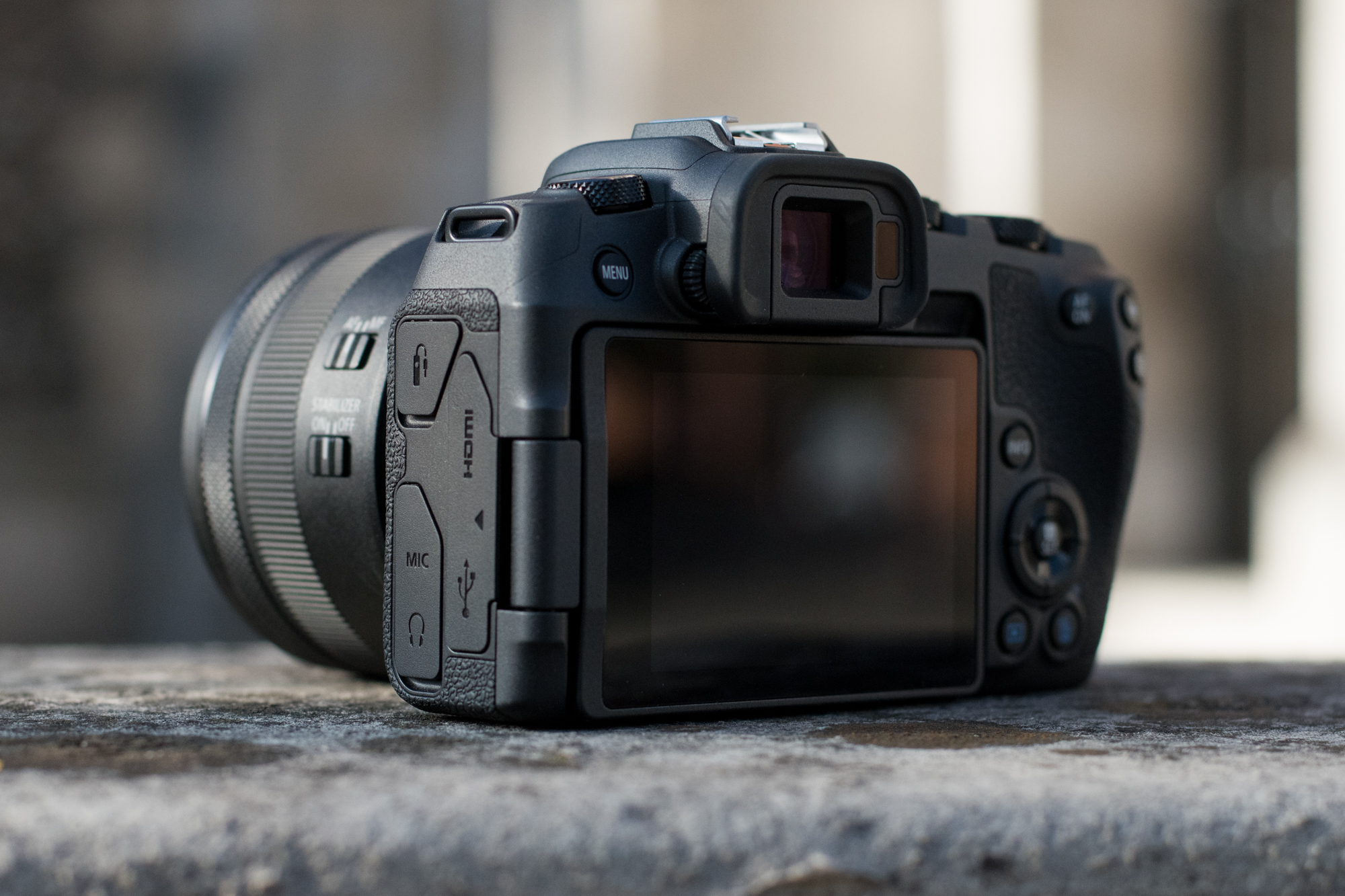
Specifications
Reasons to buy
Reasons to avoid
Canon EOS RP sample images
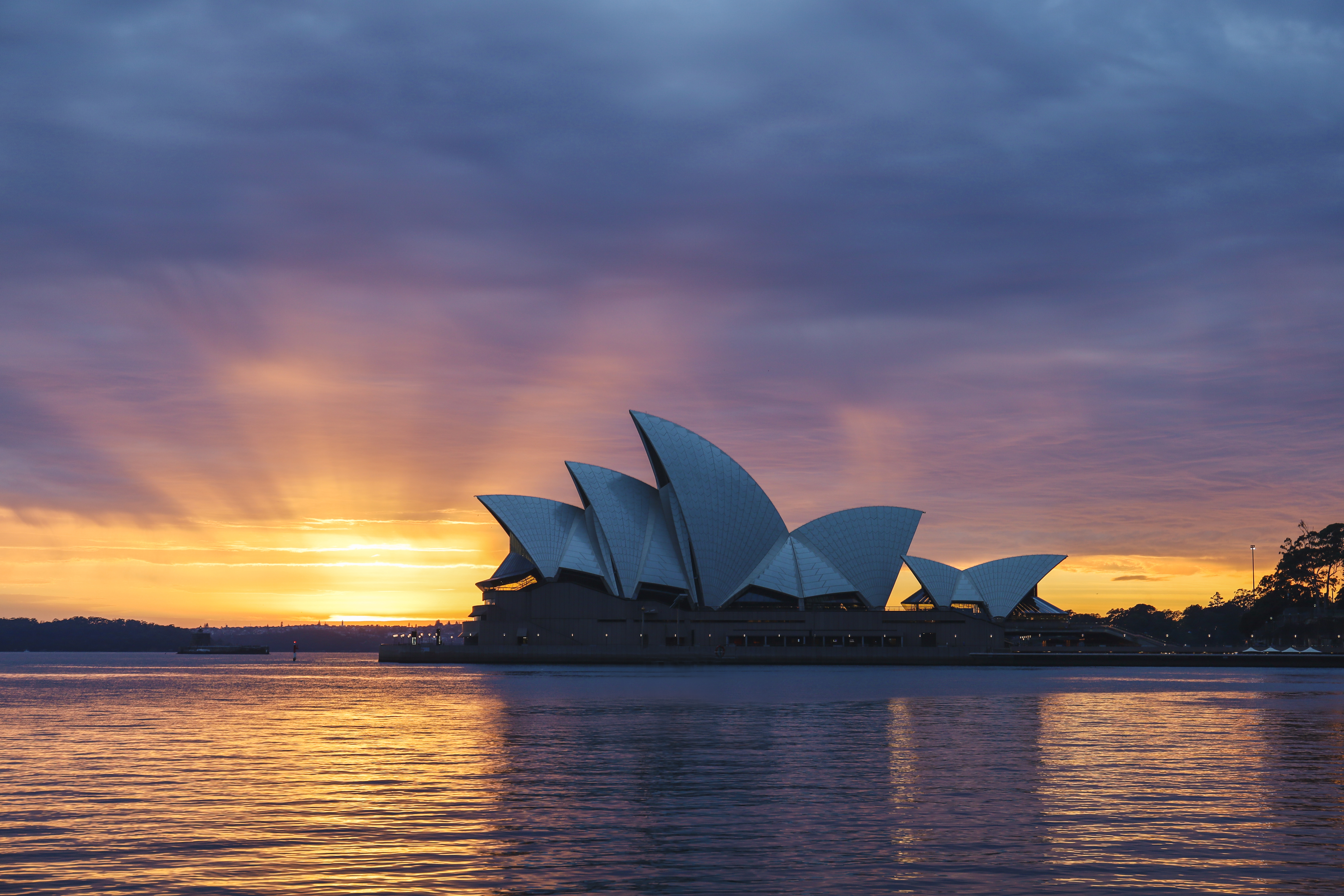




✅ You want full-frame on a budget: Offering a capable feature set at a reasonable price, the EOS RP is a fantastic full-frame entry point.
✅ You want a great value camera: With a light, compact build, solid image quality and stellar AF performance, the EOS RP is a great package.
❌ You like a lot of lens options: There are limited native lenses for the RF mount, and even fewer that make sense on the RP’s small body.
❌ You shoot a lot of video: It can shoot detailed footage, but rolling shutter and cropped 4K limit the video capabilities of the EOS RP.
Reasonably priced for a full-frame mirrorless camera, the Canon EOS RP is a compelling option if you want to shoot with a large sensor. Built around the same RF mount as the EOS R, its native lens line-up is limited, but a bundled adapter at least allows you to use existing EF glass.
Despite housing a 26.2MP full-frame sensor, our tests found the EOS RP to be remarkably compact yet reassuringly well-made. Button placement will irk some, but we found both the physical controls and touchscreen to be responsive. With Canon’s Digic 8 processor driving performance, autofocus proved fast and reliable in our review. Burst rates drop to 4fps with continuous focus, but the AF generally did a solid job of locking on. We also found the buffer to be more generous than expected.
The Canon EOS RP isn’t without compromise. Besides a lack of sensor-based image stabilization, battery life was underwhelming in testing, while the metering system seemed slightly sensitive. Rolling shutter and a 4K crop also limit its video skills. But if you want full-frame mirrorless shooting on a limited budget, it’s hard to argue with the Canon EOS RP’s core performance.
Read our in-depth Canon EOS RP review
Canon EOS RP alternatives
- Panasonic Lumix S9: arguably the most feature-packed full-frame mirrorless camera with a triple digit price (when on sale), the S9 shoots stunning 6K video and sharp stills.
- Nikon Z5: Nikon's original entry-level full-frame camera has been updated with the superb Z5 II, and as such as stonewall bargain, especially considering its excellent handling and build quality. Thats said, the EOS RP can be found for less.
The best cheap action camera


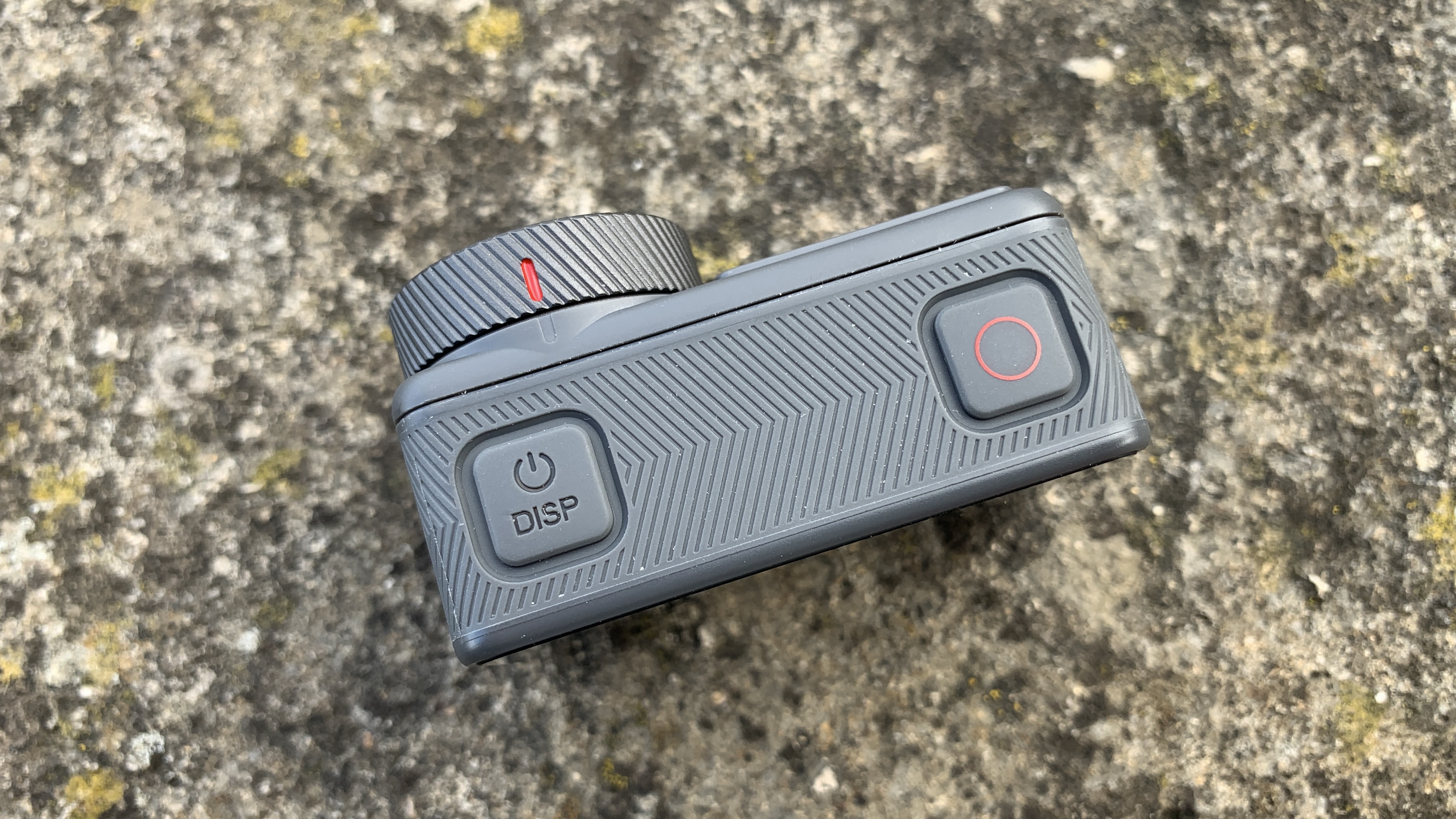
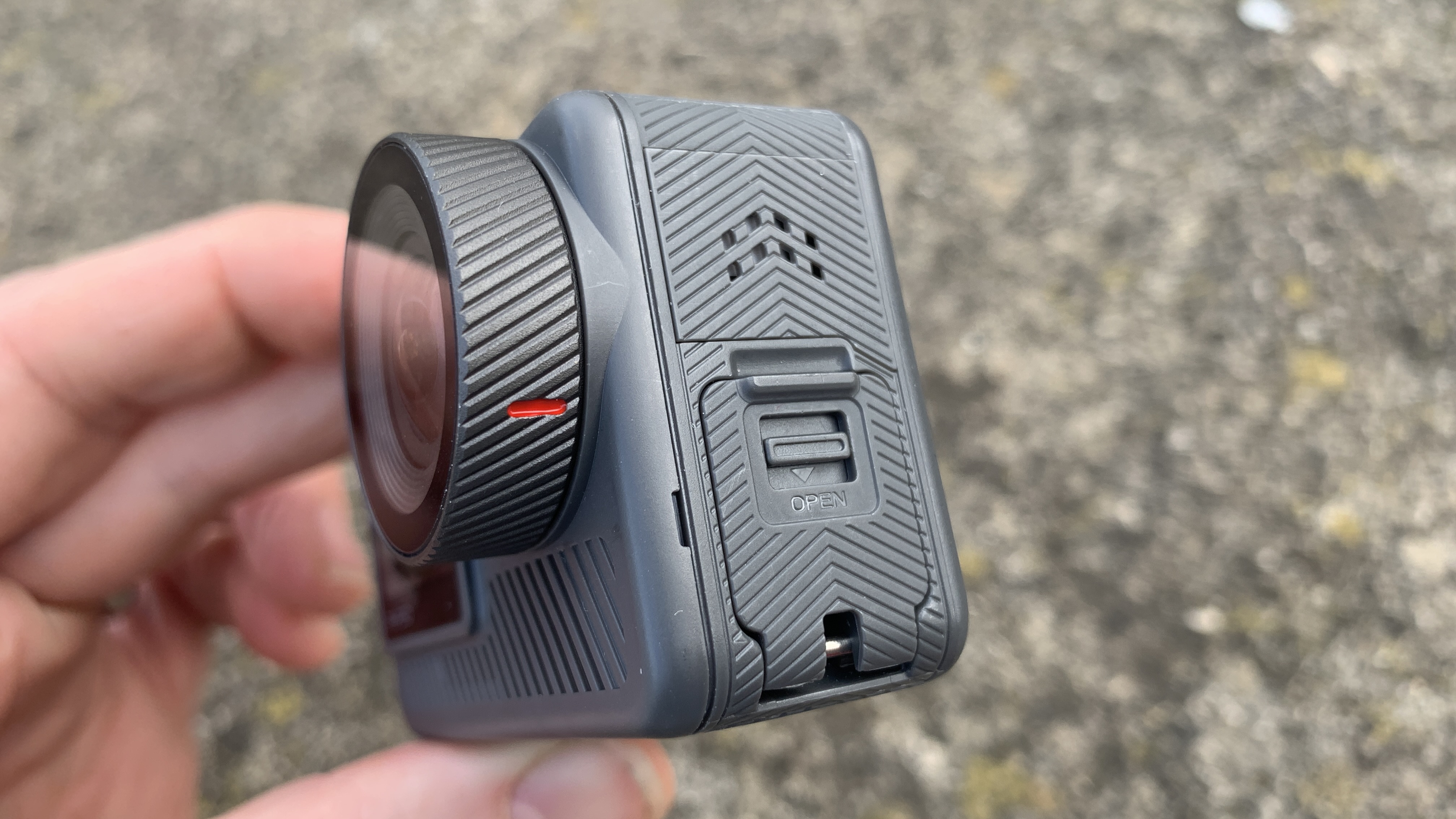

Specifications
Reasons to buy
Reasons to avoid
Akaso Brave 8 Lite sample images
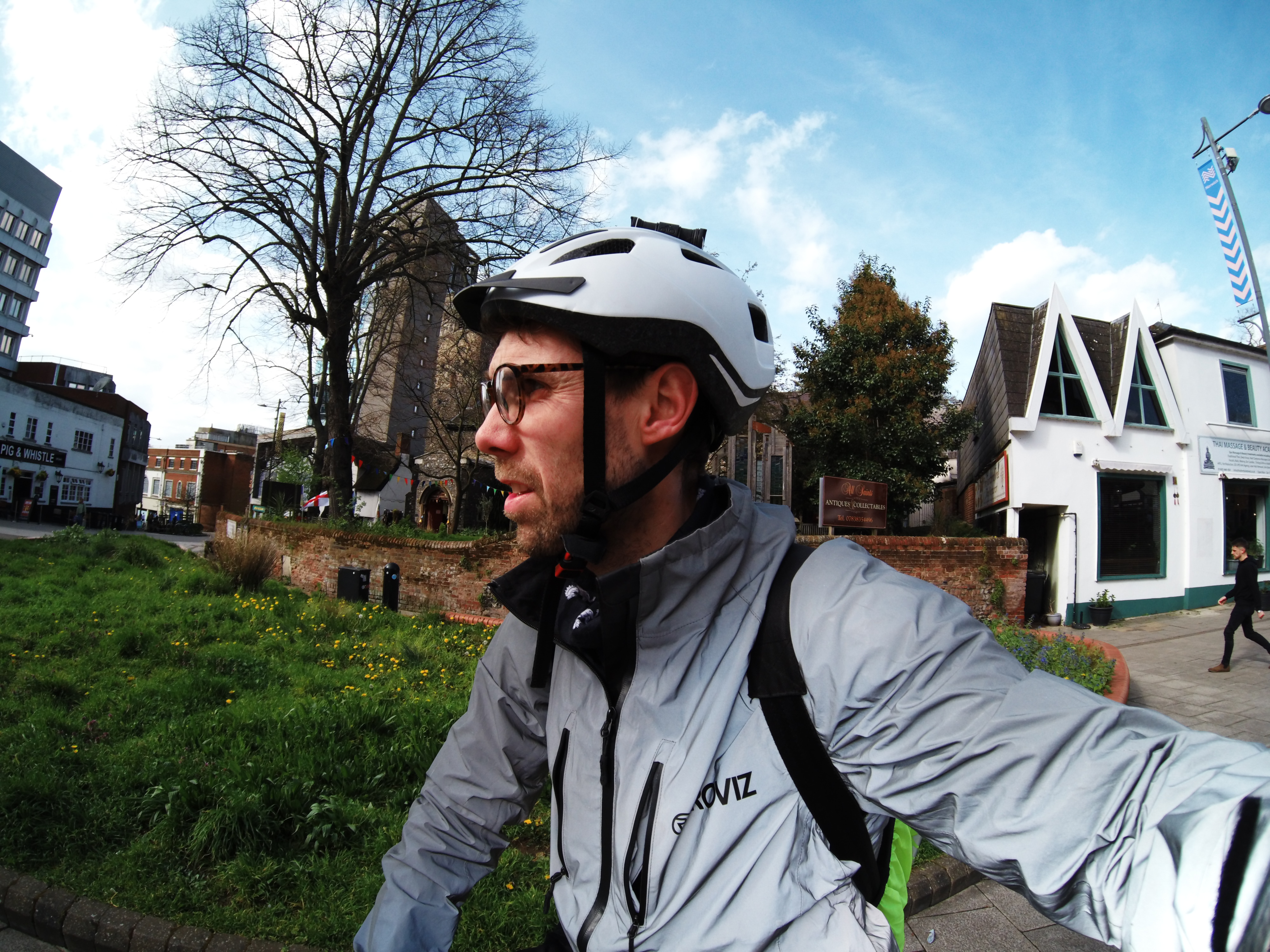


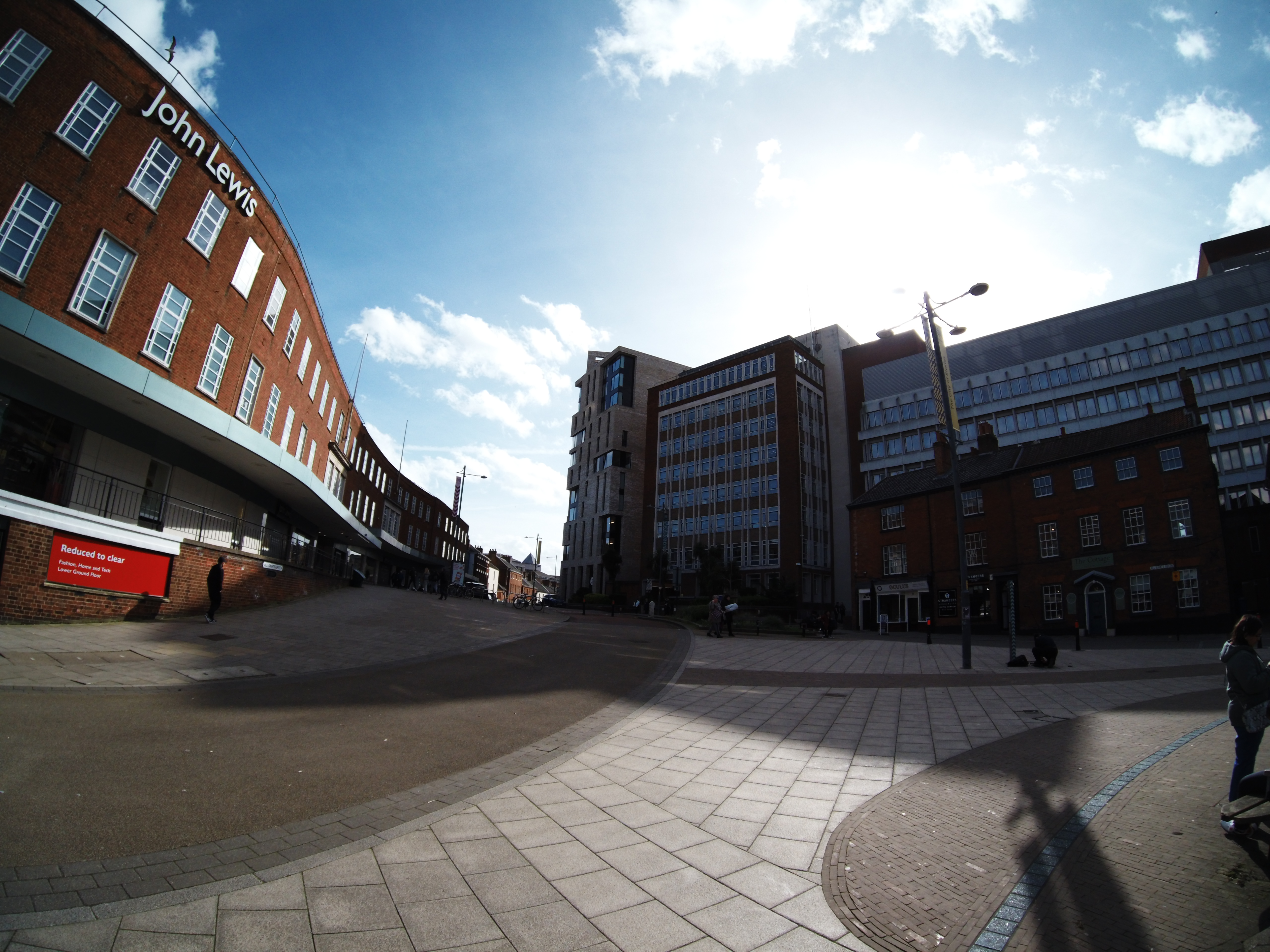
✅ You want a cheap action camera: A feature-packed 4K camera with two screens, the Akaso Brave 8 Lite represents excellent value.
✅ You want reliable build quality: Despite its affordable price, the Akaso Brave 8 Lite is a well-built action camera with 33ft / 10m waterproofing.
❌ You want the best stabilization: Akaso’s electronic image stabilization can be jumpy, and doesn’t match up to a GoPro’s Hypersmooth stabilization abilities.
❌ You want the sharpest 4K footage: 4K video from the Akaso Brave 8 Lite is good, but can appear slightly soft compared to rivals.
If you need a cheap action camera, then the Brave 8 Lite should certainly make your shortlist. Considering its sub $200 / £200 price tag and tiny proportions, it's packed with features including 33ft / 10m waterproofing, plus dual screens with a front-facing screen that's handy for vloggers and a rear touchscreen – less common at this low price point. It can also shoot 4K video and slow motion 2.7K video, although it's video skills fairly limited compared to pricier flagships from GoPro, DJI and Insta360.
The Brave 8 Lite's sensor is also a little smaller than the best action cams, which has an adverse impact on image quality. In low light detail is less crisp, while in strong light there's less detail in the highlights especially, unless you employ the HDR mode (when the camera allows it, based on your settings). Video stabilization is also relatively poor, certainly once you've tasted the best that's available elsewhere. All that being said, you'll struggle to find a more capable action cam for the money. Akaso keeps delivering compelling budget-friendly action cams and if you're like us, you'll have fun playing with it capturing your activities.
Read our in-depth Akaso Brave 8 Lite review
Akaso Brave 8 Lite alternatives
- DJI Osmo Action 4: since being replaced by the Osmo Action 5 Pro and Osmo Action 6, the Action 4 has fallen in price and, truthfully, is a better action cam than Akaso's. If you can find it on sale for less, I'd go for the DJI option.
- GoPro Hero (2024): GoPro's Hero (2024) can be had for less than $200 / £200, and is a decent option for beginners with its pared back menu and simplified 4K video options.
The best cheap tough camera





Specifications
Reasons to buy
Reasons to avoid
OM System Tough TG-7 sample images


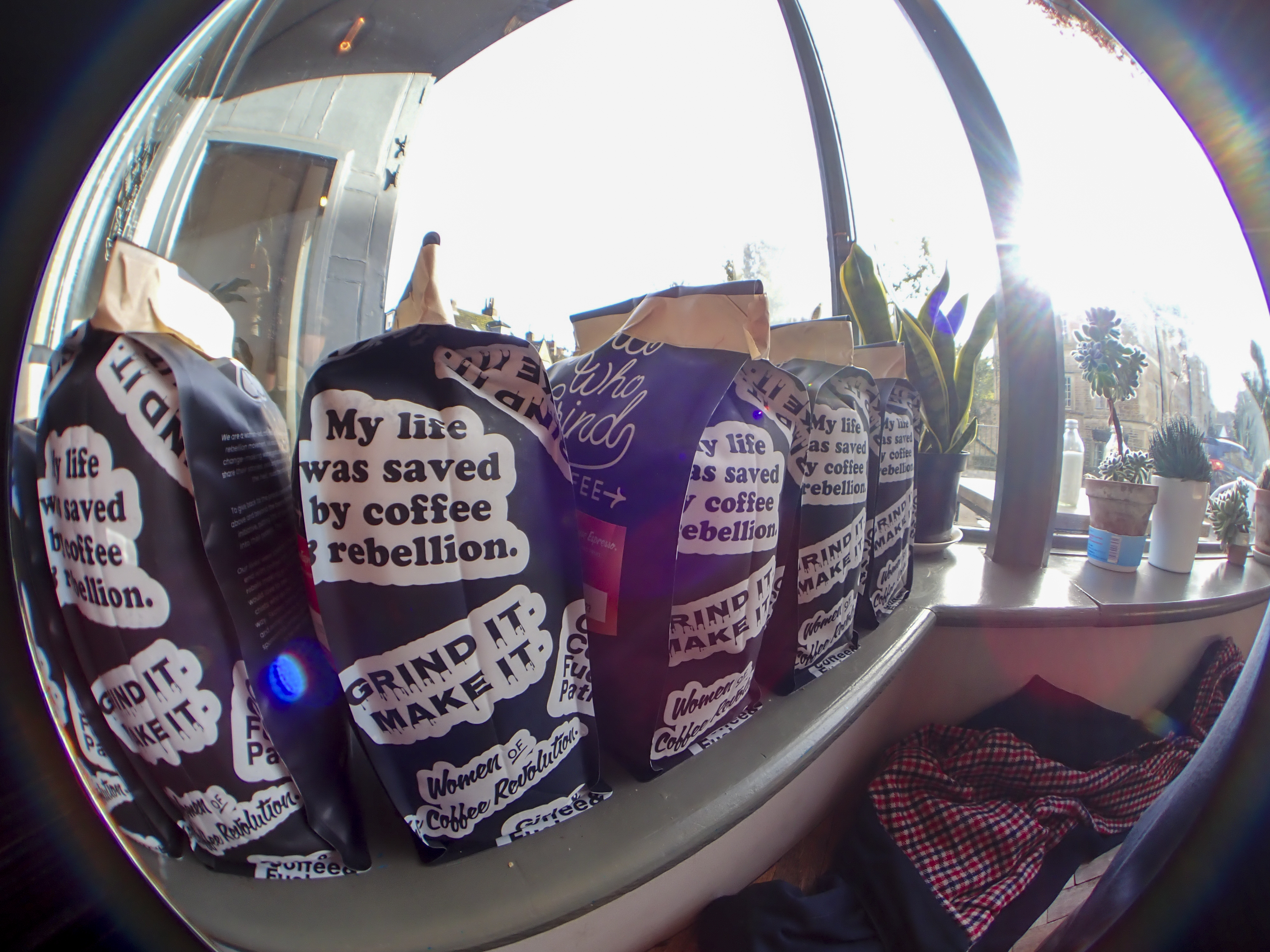


✅ You want an indestructible camera: With a build that's reinforced against water, freezing, heat and more, there's no doubting the durability of the Tough TG-7.
✅ You shoot photos in all conditions: Despite its price tag, the Tough TG-7 has a surprising number of photography features, including macro modes.
❌ You need the best image quality: Even with a variety of scene modes, the 12MP sensor yields images that don't match up to the best smartphones.
❌ You like a touchscreen interface: Tactile buttons make the TG-7 easy to interact with, but the 3-inch screen isn't touch-sensitive.
If you already own the Tough TG-6, I don't think you'll find the OM System Tough TG-7 a huge upgrade. That said, it still shapes up as the ideal grab-and-go camera to take anywhere. Protected against water, drops, dust, crushing and freezing, it’s as durable as they come. We also found it an easy camera to operate in testing: while the 3-inch display isn’t touch-enabled, its array of physical buttons are helpfully tactile.
There’s no escaping that image quality from its 12MP sensor can’t compete with the best camera phones, and its 4K/30p video output looks slightly dated. But thanks to a surprising number of photography settings, including macro modes and white balance presets for different depths, the TG-7 delivers a lot for the price. If you want an unbreakable camera without breaking the bank, I think this is the one to choose.
Read our in-depth OM System Tough TG-7 review
The best cheap vlogging camera


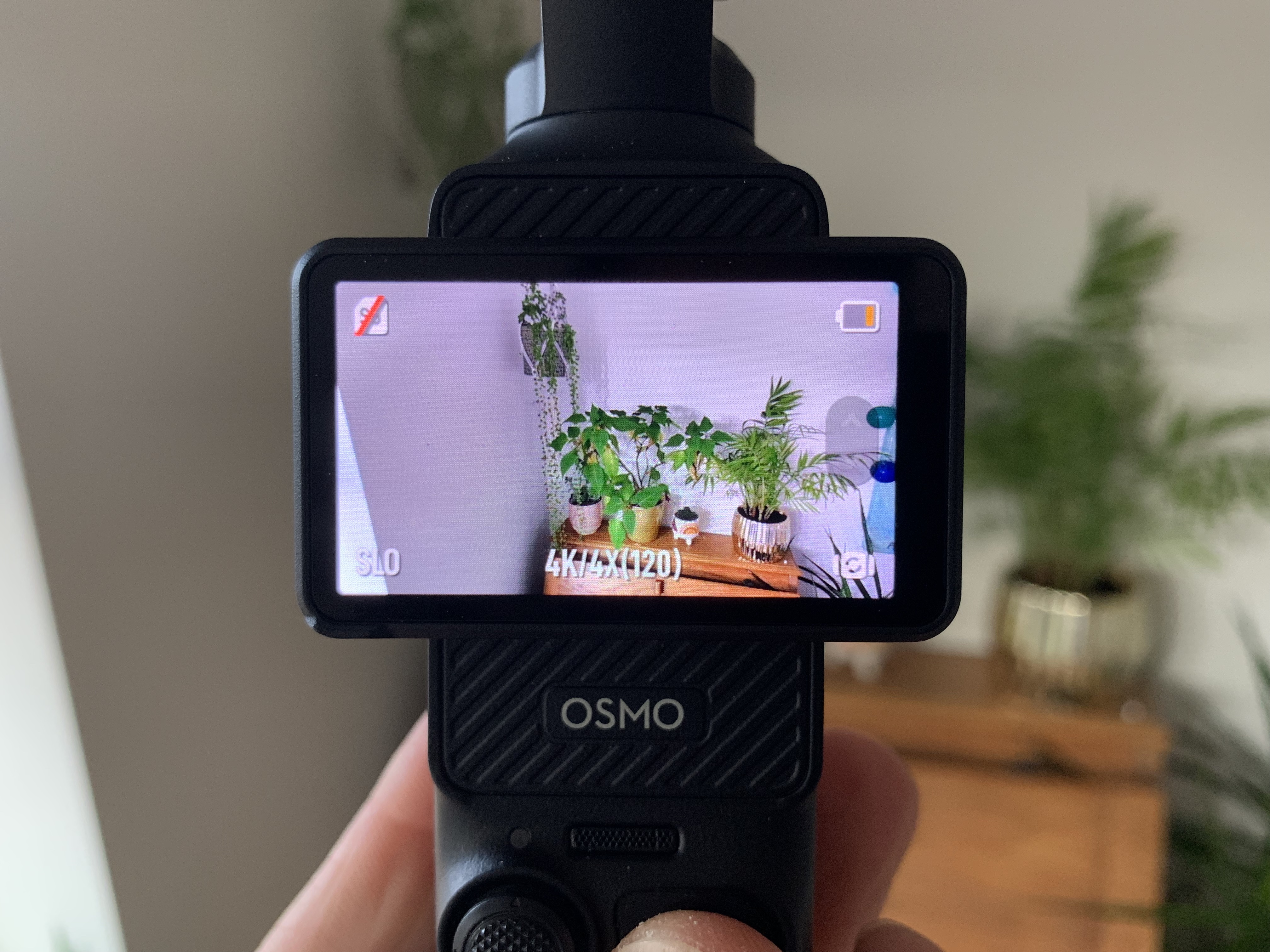


Specifications
Reasons to buy
Reasons to avoid
DJI Osmo Pocket 3 sample video
✅ You’re a solo content creator: Subject tracking smarts and 3-axis stabilization make the Pocket 3 a perfect tool for capturing steady footage while you walk and talk.
✅ You shoot a lot for social: With a 1-inch sensor and portrait filming mode, the Pocket 3 makes it easy to capture quality vlogs with a native vertical resolution for social.
❌ You’re a stills photographer: While it can shoot photos, the resolution is limited, reflecting the fact that the Osmo Pocket 3 is primarily as a vlogging tool.
❌ You need an action camera: The Osmo Pocket 3 isn’t waterproof, so if you need a way to shoot adventurous vlogs, you’re better off with an action camera.
I think the DJI Osmo Pocket 3 offers fantastic value for solo content creators. While the very similar Pocket 2 can be found online for less, we found in testing that certain features make the Pocket 3 a better choice for vlogging on a budget. We noted that the upgraded 1-inch sensor delivers better video quality, particularly in low-light conditions, while the added portrait mode allows the Pocket 3 to capture native vertical video, ideal for sharing on social media.
In our review, we found the form factor of the Pocket 3 perfectly portable. The increase in display size to 2 inches is also a welcome one, although it’s still a little fiddly to use the touchscreen interface. We also praised the object and face tracking features, as well as the effective stabilization and enhanced battery life. The option to pair with a wireless mic is also a boon for vloggers who want better audio quality. Purchased with a Creator Combo kit, I think the Osmo Pocket 3 is an affordable way for vloggers to shoot quality video.
Read our in-depth DJI Osmo Pocket 3 review
The best cheap film camera





Specifications
Reasons to buy
Reasons to avoid
Kodak Ektar H35N sample images

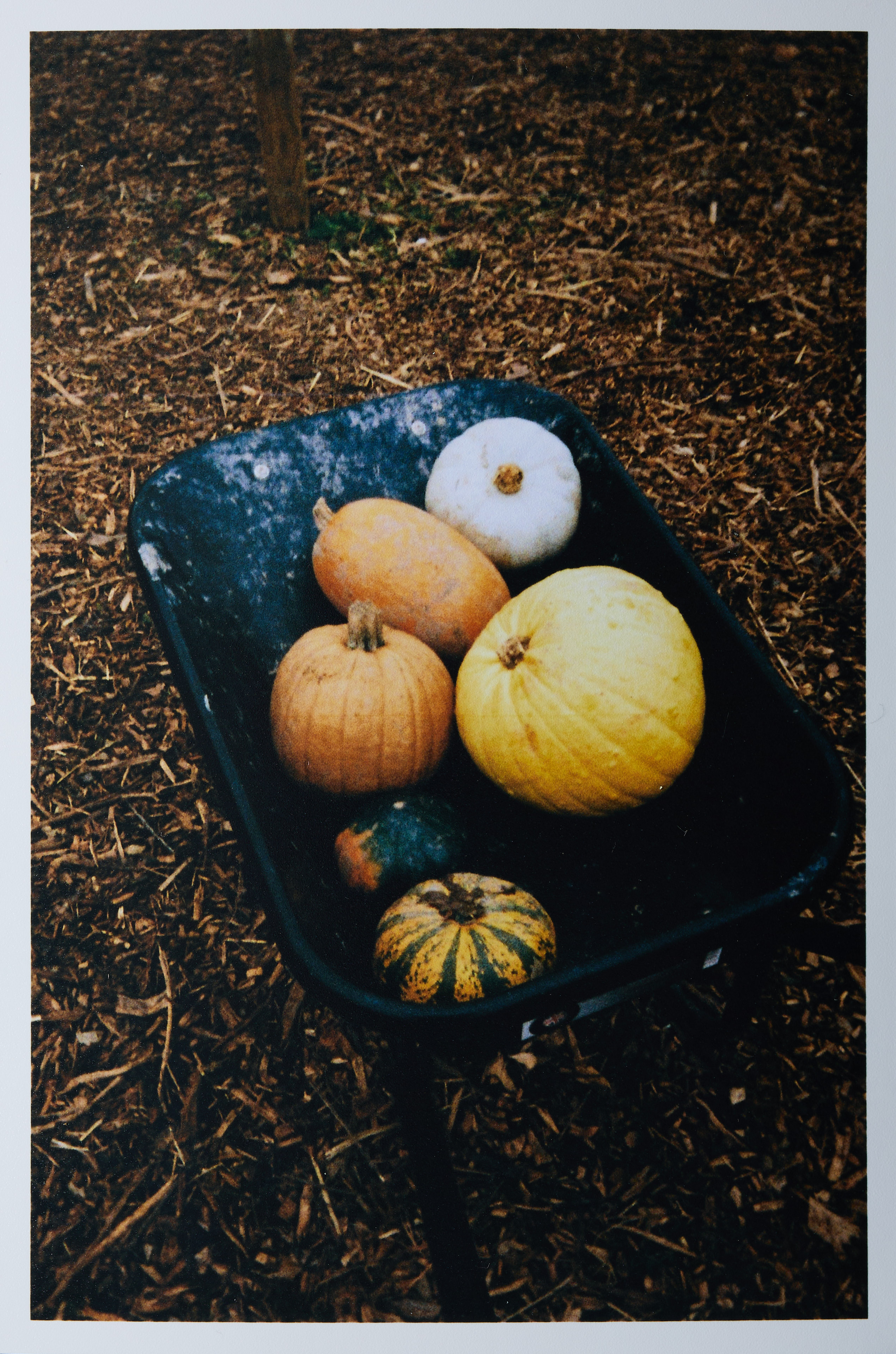
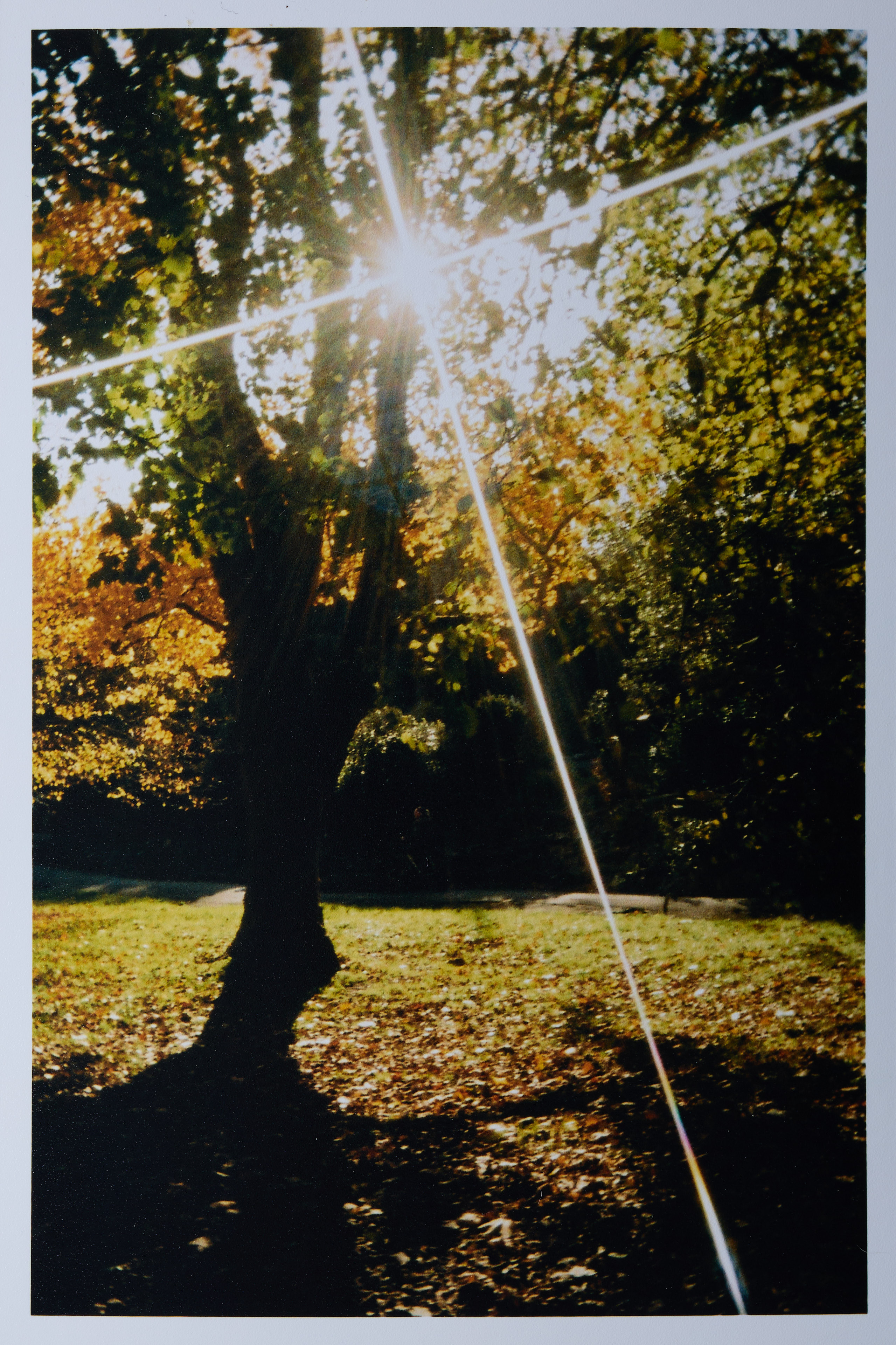



✅ You want a simple, digital-free camera: If you'd like to try out film, the Kodak H35N is a charming low-cost, nothing to lose option.
✅ You want excellent value: Not only is the H35N one of the cheapest film cameras I'd recommend, but it's half-frame, which means you get twice the number of shots from a roll of 35mm film.
❌ You expect cheap ongoing ownership: The camera itself may be very affordable, but the costs associated with film photography feel higher than ever.
❌ You want to learn photography tech skills: With no real controls for aperture or shutter speed, this is a very basic point-and-shoot camera.
The Ektar H35N is an analog camera, in a similar mold to a reusable disposable 35mm camera, which makes it ideal for young photographers. It updates the original Ektar H35 with one key improvement; better image quality. That's thanks to a new glass lens, which is optically superior, combined with a built-in flash for indoor shots, and thankfully there's only a negligible price increase.
This is a true point-and-shoot experience, you simply look through the viewfinder to compose the shot, press the shutter button, and the film winds on. That's it. There's no digital screen, no menus; this is photography stripped back to its purest form. I've included the H35N in this cheap cameras guide not only for its incredible low price, but also it's relatively low ongoing prices. Yes, film is expensive these days, but being a half-frame camera means you get twice the number of frames per 35mm roll of film (two vertical shots in place of one horiztonal).
If you're not sure about film photography, you've got nothing to lose really here, given the camera is so cheap. We were certainly won over by the lightweight and robust H35N during our in-depth test. There's something magical about delayed gratification; sending the film roll off for developing and waiting for the physical prints to arrive, not knowing how they will turn out.
There's no technical control here, so this isn't the camera for you if you want to learn exposure control. But for everyone else, the Ektar H35N is an affordable, retro charmer.
Read our in-depth Kodak Ektar H35N review
Kodak Ektar H35N alternatives...
- Camp Snap camera: OK, so Camp Snap is digital, but it's the next best thing to an analog point-and-shoot, with its screen-free design that harks to simple single-use cameras. This very much feels like an analog camera, and it's equally affordable to the H35N.
Also consider
Cheap video – Fujifilm X-M5: Launched in 2024, the X-M5 offers the best bang for buck for video-first users. It features incredible open gate 6K video recording, a vertical video mode and decent 26MP stills, all packed into a compact body featuring a dial for direct access to Fujifilm's popular Film Simulations.
Cheap mirrorless – Sony A6100: An entry-level option from 2019, the Sony A6100 still stacks up well today. It benefits from several high-spec features, including a capable 24.2MP APS-C sensor and flagship autofocus system. Pocket-friendly proportions make it a great choice for travel, too. It lacks in-body image stabilization and has a limited touchscreen interface, but I think the A6100 still represents good value in 2025, especially if you find a quality second-hand example.
Cheap full-frame – Nikon Z5: If the Canon EOS RP doesn't float your boat, then Nikon's Z5 is another full-frame mirrorless camera that falls below $1,000 / £1,000 in the sales. Handling-wise, it offers a comfy grip and solid build, plus a logical control layout and decent 3.69m-dot EVF, while its 24MP stills are lovely too. Burst shooting is modest, as is its 4K video skills, but overall the Z5 feels great and is a solid shooter.
Best cheap GoPro – GoPro Hero 11 Black: Go back two iterations from the current Hero 13 Black, which costs $399 / £399 new, and you land on the Hero 11 Black which is available for much, much less. Considering GoPro has slowed down the hardware improvements in its flagship series of action cams, the Hero 11 Black remains a capable action camera today, with 4K video, slow motion and superb stabilization.
How to choose the best cheap camera for you
How to choose the best cheap camera
Buying a budget camera usually means accepting a few compromises. A cheaper DSLR might skip 4K recording, while an affordable mirrorless model may lack a viewfinder or shoot at slower burst speeds than pricier rivals. But whatever you decide to buy, it’s important to think about what and how you like to shoot. The key is to make sure it covers the essentials for your specific needs.
Cover the essentials
If you mainly shoot stills, a cheap camera’s video skills won’t matter much. Instead of worrying about 4K footage, I’d focus on finding a model with a decent sensor and a resolution of at least 20MP. Likewise, if you’re comfortable using an optical viewfinder and buttons to navigate menus, you don’t need to prioritize a sharp touchscreen. What does matter is that the camera feels comfortable in the hand and that its physical controls are easy to reach and use.
Versatility
When I’m shopping for an affordable travel camera, I pay close attention to battery life and zoom range. Software tricks and raw shooting are nice extras, but in my experience it’s far easier to tweak JPEGs back home than it is to crop into a distant subject.
Lenses
And if you’re going for an interchangeable-lens camera, don’t forget to factor in lens costs. A camera body might be cheap, but pricey glass can quickly eat into your budget. I recommend picking a camera with a popular mount – like Micro Four Thirds – so you have plenty of affordable lens options to grow into later.

Which camera is best for a low budget?
The list above features a range of cameras to suit photographers with a limited budget. Which option is best for you will depend on what you’ll use your camera for and how versatile you’d like it to be.
DSLRs
One option is to consider entry-level models like the Nikon D3500. These are designed with new photographers in mind, so they usually feature simple, accessible controls that are easy to get to grips with. To keep costs down, entry-level cameras don’t usually include advanced features or performance, but they should nail the basics. That means solid battery life, great handling, and decent image quality.
Check out previous generation models
You can also consider older mid-range mirrorless cameras. These won’t offer cutting-edge technology, but should still be very capable – especially if you’re upgrading from a smartphone. Previous generations tend to be discounted as newer versions arrive, which means models that are a few years old normally become more affordable. Take a look at the Sony A6000: its price now is a lot lower than when it launched in 2014, yet it still features a 24.3MP sensor, 11fps burst shooting and a capable 179-point autofocus system.
Canon's still got it
Canon also got its skin in the game with the EOS R100, the cheapest mirrorless camera available. It features Canon's 24MP APS-C sensor and dual pixel autofocus found in pricier Canon models, in a simpler body with fixed screen that's not touch sensitive. I think those compromises are acceptable given how cheap the EOS R100 has become.
How about film?
If you’re looking for a cheap travel camera, powerful compacts like the Panasonic TZ200 offer excellent value and versatility, with its 1-inch sensor and 10x optical zoom. Or if it’s an outright bargain you’re after, instant cameras are a cheap, accessible way to have fun with photography. Models like the Fujifilm Instax Mini 12 are easy and enjoyable to use, producing immediate prints that make shooting more tactile.
Trusted lesser-know brands
There’s also value to be found in lesser-known names. The Akaso Brave 8 Lite, for example, is our favorite cheap action camera. The make might not be famous, but the camera is feature-packed and intuitive, making it the best budget action cam you can buy.
Sign up for breaking news, reviews, opinion, top tech deals, and more.

Tim is the Cameras editor at TechRadar. He has enjoyed more than 15 years in the photo video industry with most of those in the world of tech journalism. During his time as Deputy Technical Editor with Amateur Photographer, as a freelancer and consequently editor at Tech Radar, Tim has developed a deeply technical knowledge and practical experience with cameras, educating others through news, reviews and features. He’s also worked in video production for Studio 44 with clients including Canon, and volunteers his spare time to consult a non-profit, diverse stories team based in Nairobi. Tim is curious, a keen creative, avid footballer and runner, and moderate flat white drinker who has lived in Kenya and believes we have much to enjoy and learn from each other.
- Mark WilsonSenior news editor
- Chris Rowlands